"Late Nineteenth Century, Bacchic Scene"
Late nineteenth centuryBacchic scene
Oil on canvas, cm 168 x 213
The work, an oil on canvas of generous dimensions, is attributable to the end of the nineteenth century and has as its subject a bacchic scene.
The Bacchus procession was formed during the bacchanal, a Roman festival (although of Greek origin) that was celebrated with a propitiatory background in the period of sowing and harvesting, then becoming over time an orgiastic festival practiced at the time of harvest.
In a lush wooded landscape, from which ruins of classical ancient architecture emerge in the background, triumphs centrally in all its unripe sensual virility the god Bacchus, recognizable by the garland of vine leaves that encircles his head and the stick, as well as the skin that covers his limbs. The look of the face, which is characterized by the strong expressiveness of the features and a careful realism, leads the viewer to the other protagonist of the scene, a female figure wrapped in a light tunic and a draped blue mantle, in which the figure of Ariadne could be recognized. All around there is a particularly crowded scene of characters intent on doing various actions, from small cherubs with cups and garlands of flowers, to bacchae or nymphs superbly wrapped by large colorful capes.
The procession that surrounds the god is inspired by the tradition, now well established, of the representation of the Triumphs according to ancient custom: each god of mythology had a personal cart pulled by a pair of totemic animals, two cheetahs in the case of Bacchus, according to the description given by Catullus in his Carmina docta.
From a stylistic and formal point of view, a rapid, elusive and material brushstroke prevails, capable of giving the canvas that sense of chaotic dynamism that pervades the Bacchus scene; the chromatic palette also contributes to this effect, particularly iridescent shades and characterized by a strong chiaroscuro contrast.
The mythological theme linked to the depiction of fauns, bacchae and shepherdesses occupied a prominent place in European art, especially from the eighteenth century: the loves of the gods ceased, in fact, to be considered a subject mainly associated with the decoration of furniture and frescoes of the villas, becoming themselves the most popular subject for the paintings of the galleries, especially in the poems, narrative paintings based on the Metamorphoses of Ovid.
With Ars Antiqua you can defer all amounts up to a maximum of € 7,500 at ZERO RATE, for a total of 15 INSTALLMENTS.
Ex. Tot. € 4,500 = Monthly installment € 300 for 15 months.
Ex. Tot. € 3,600 = Monthly installment € 720 for 5 months.
For amounts over €7,500 or for a longer grace period (over 15 installments), we can provide a custom payment.
Contact us directly to get the best quote.
LIVE TV
- SUNDAY 17.00 - 21.00 Dig.terr. 126 + 809 SKY
- Streaming on our website www.arsantiquasrl.com and on our social networks Facebook and Youtube
All the works proposed by Ars Antiqua are sold accompanied by a certificate of authenticity in accordance with the law and accurate fact sheet.
You can see the works directly at the showroom gallery in Milan, in via Pisacane 55 and 57.
We personally organize transport and deliveries of the works, both for Italy and abroad.


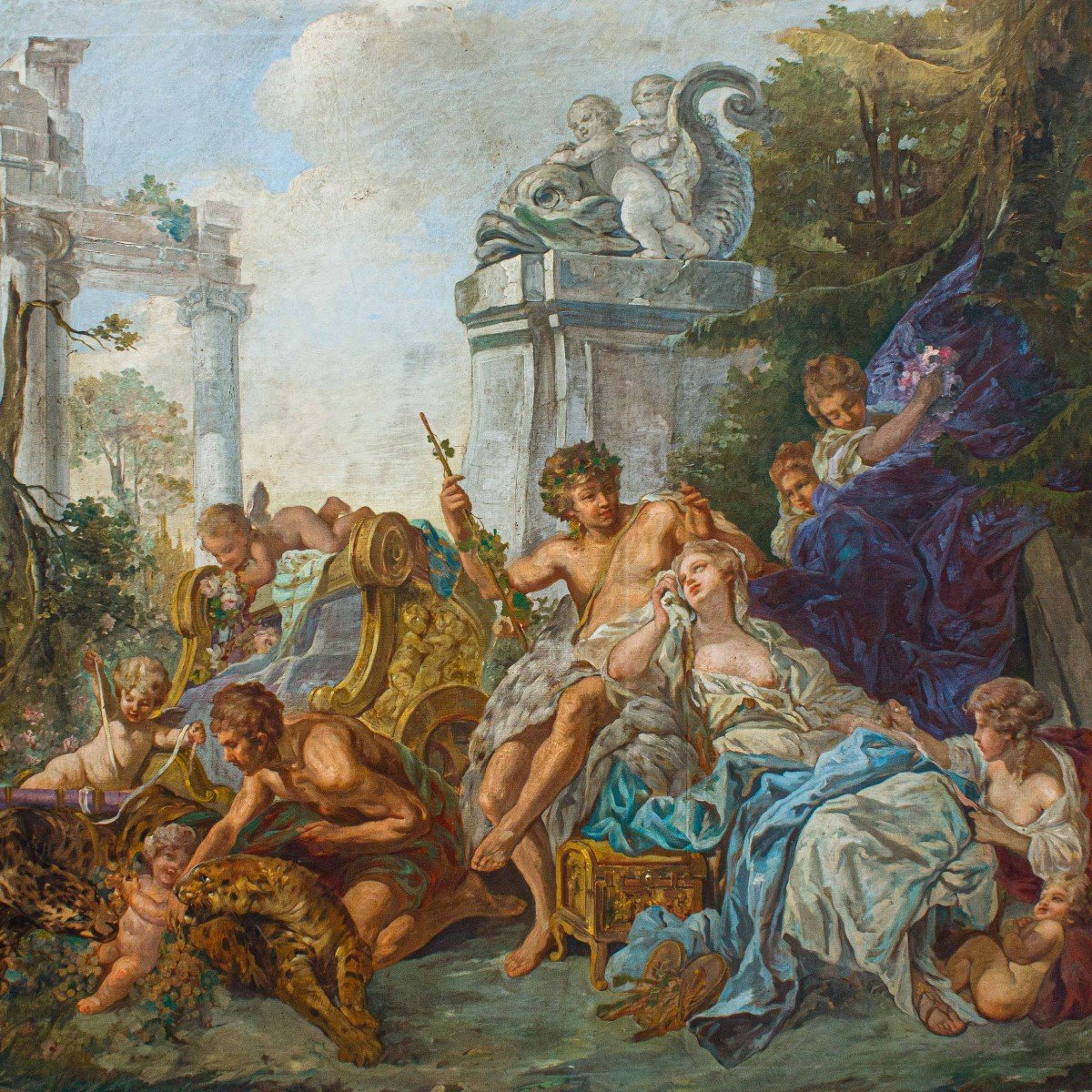

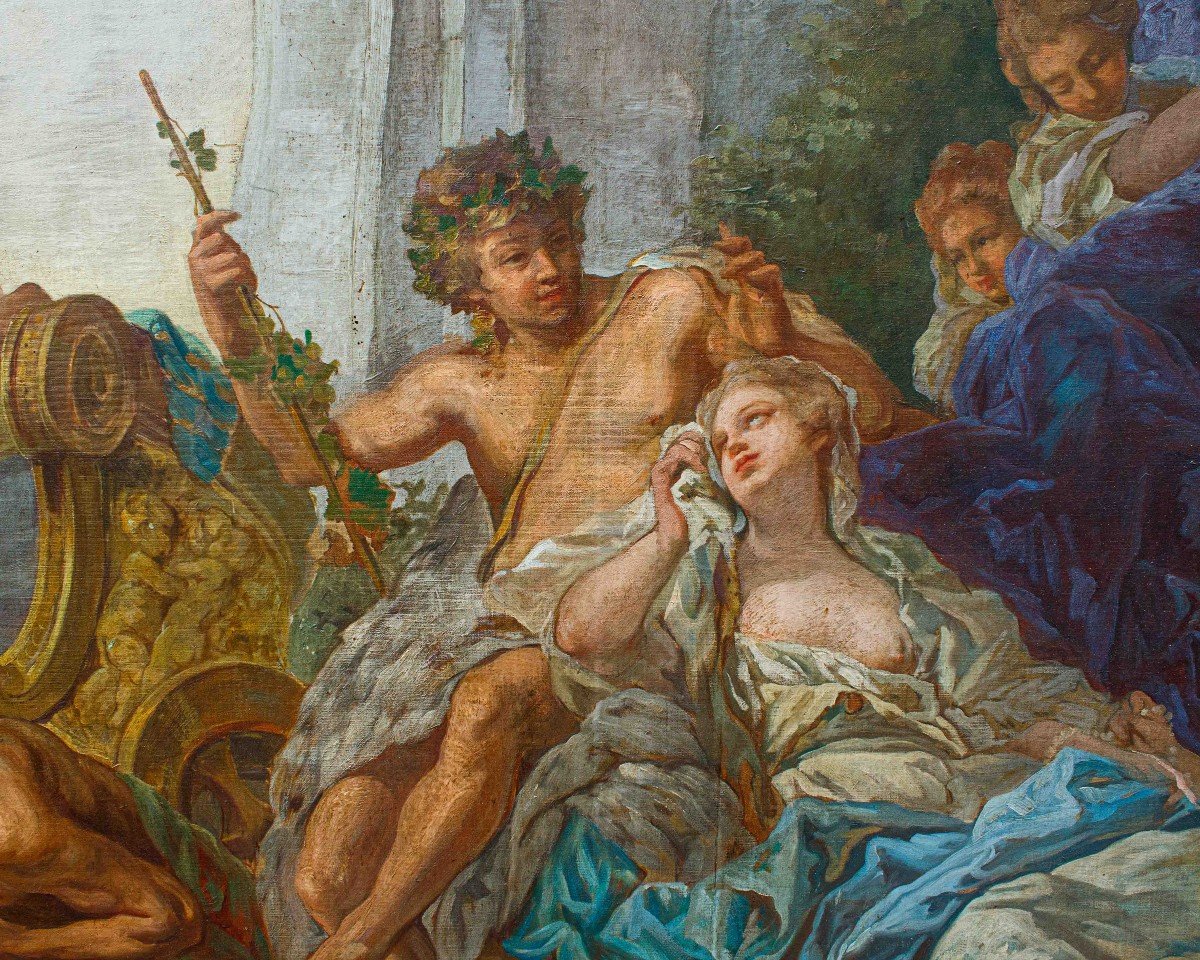

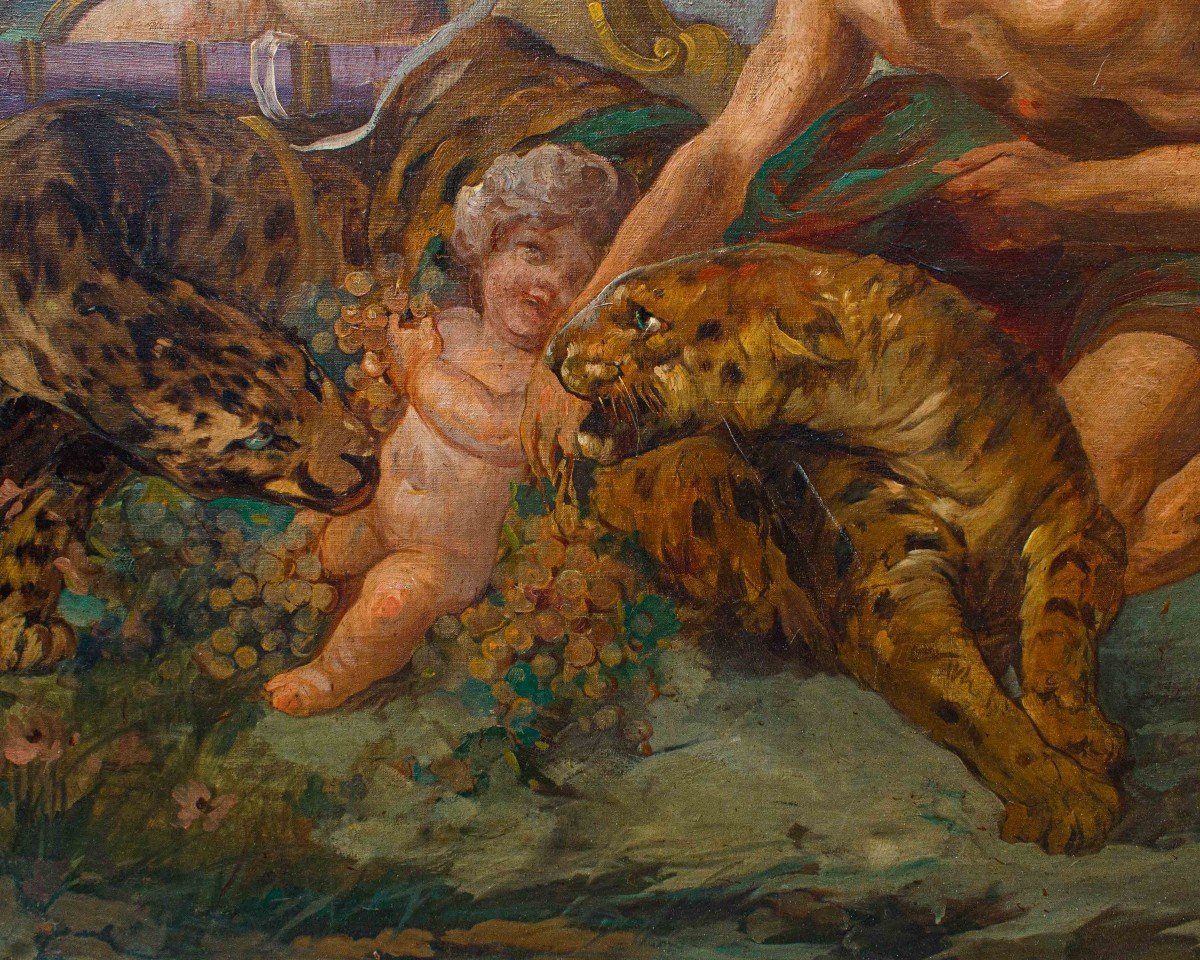










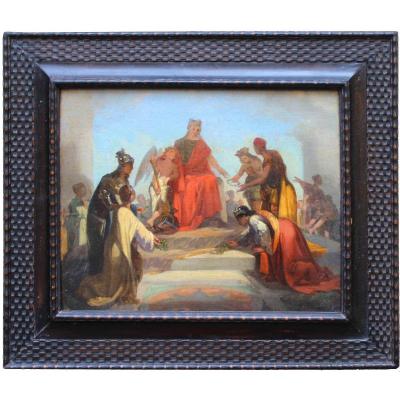
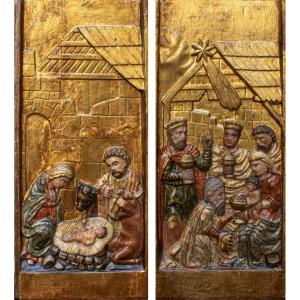






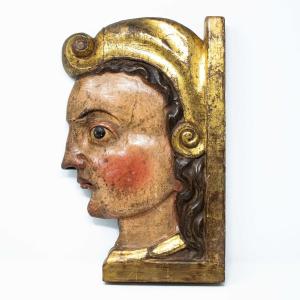
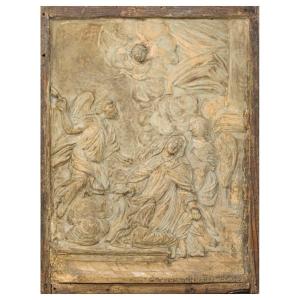
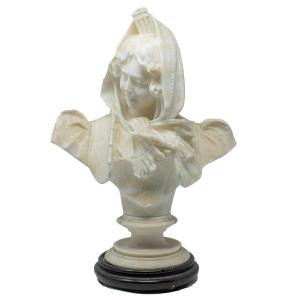


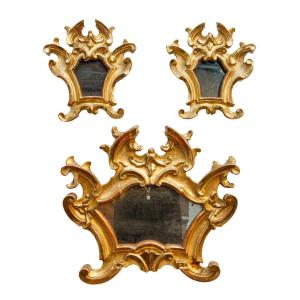

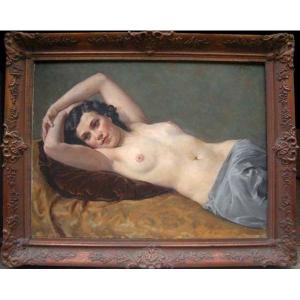
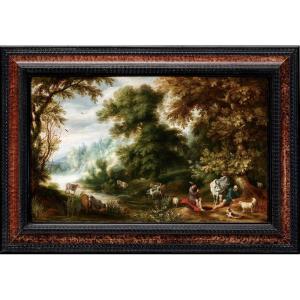


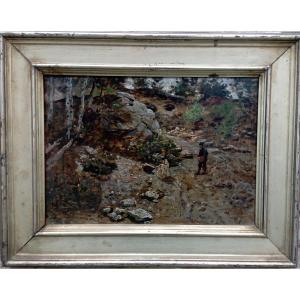




 Le Magazine
Le Magazine Rivista Artiquariato
Rivista Artiquariato TRÉSORS magazine
TRÉSORS magazine